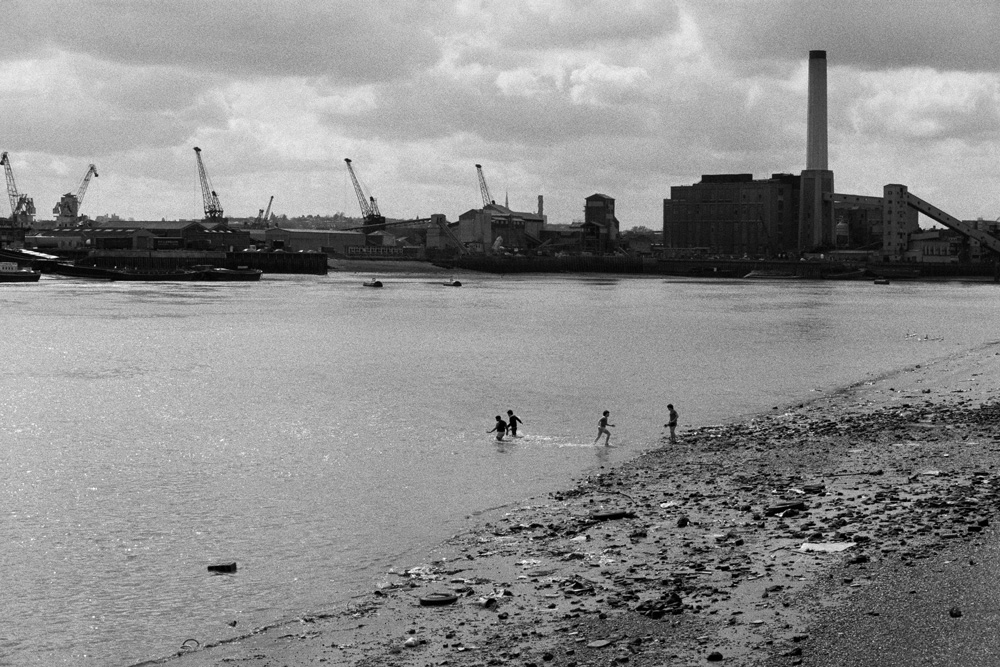Stanley Tucci is the best-dressed man on telly. Why? Because he dresses like the best-dressed people on earth: Italian pensioners. Here's how he does it… 

His key item is the unstructured Italian jacket. Forget the traditional English shape, Stan goes for a "Neopolititan" soft shoulder that sits beautifully on the body. A silhouette that's both smarter and more casual: and which looks great with jeans (unlike regular suit jackets). 

Stan is a one-colour man – and that colour is blue. When it gets chilly, he layers a blue polo shirt under a blue jumper – and a blue padded gilet over the top. He'll then bring white, grey or beige in to add contrast. But not too much, obviously. 

When it gets hot, does Stanley dress like a surfer? Or does he go "full JFK on holiday" – and combine a deep-blue polo with a pair of contrasting chinos? What do you think? 
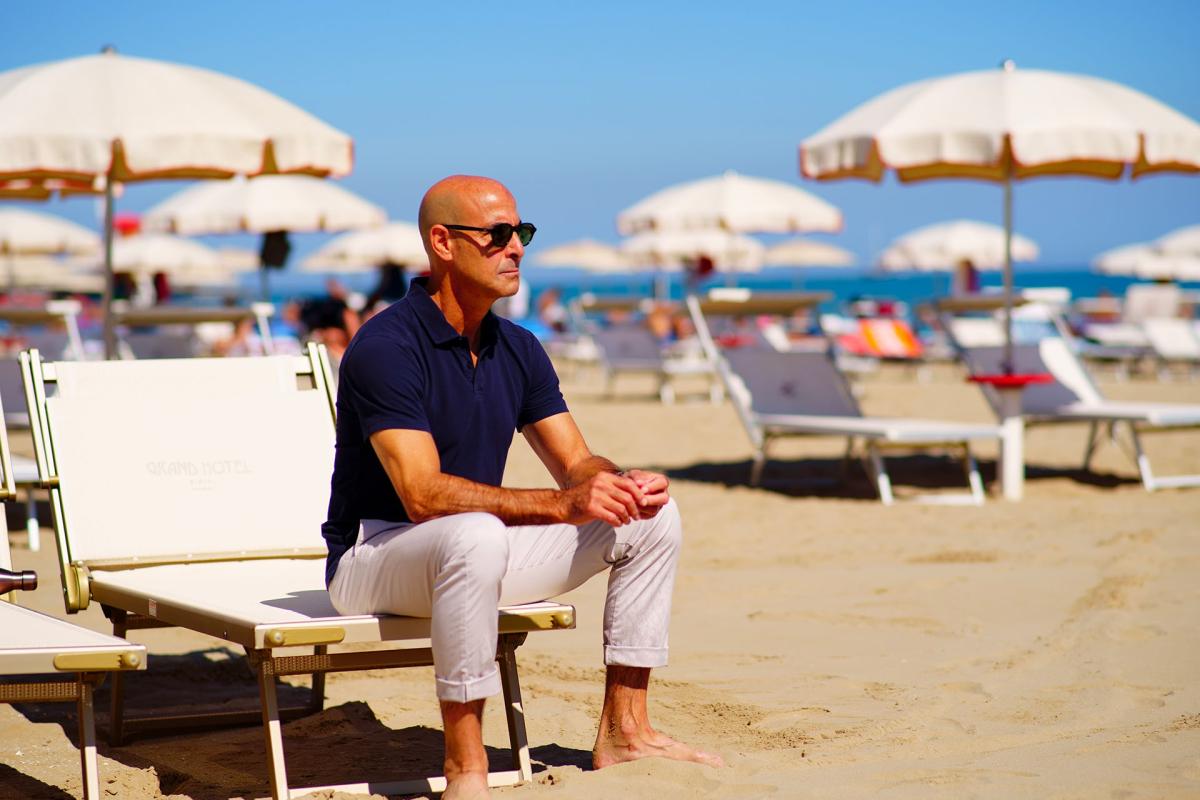
His accessory game is off the scale. From his collection of scarves to those "I'm on personal terms with Tom Ford" specs, Stanley lifts his look with a series of understated gems. And the most effective accessory of all? His year-round tan. 



Stanley embraces his baldness. Forget comb-overs or Turkish hair transplants, Stan shaves what hair he has left – leaving a sleek, polished bonce that's ultra-chic and incredibly effective. He looks – the absolute business. And the ladies LOVE him. Especially yours. 


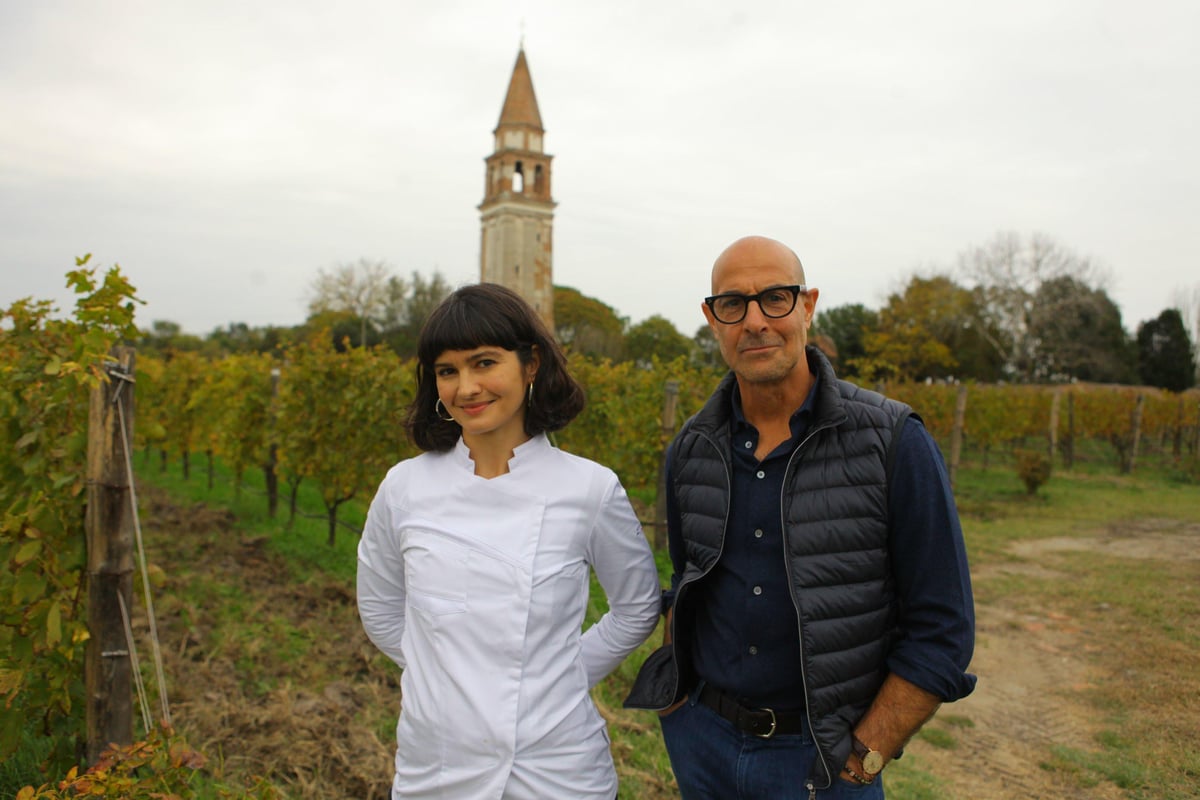
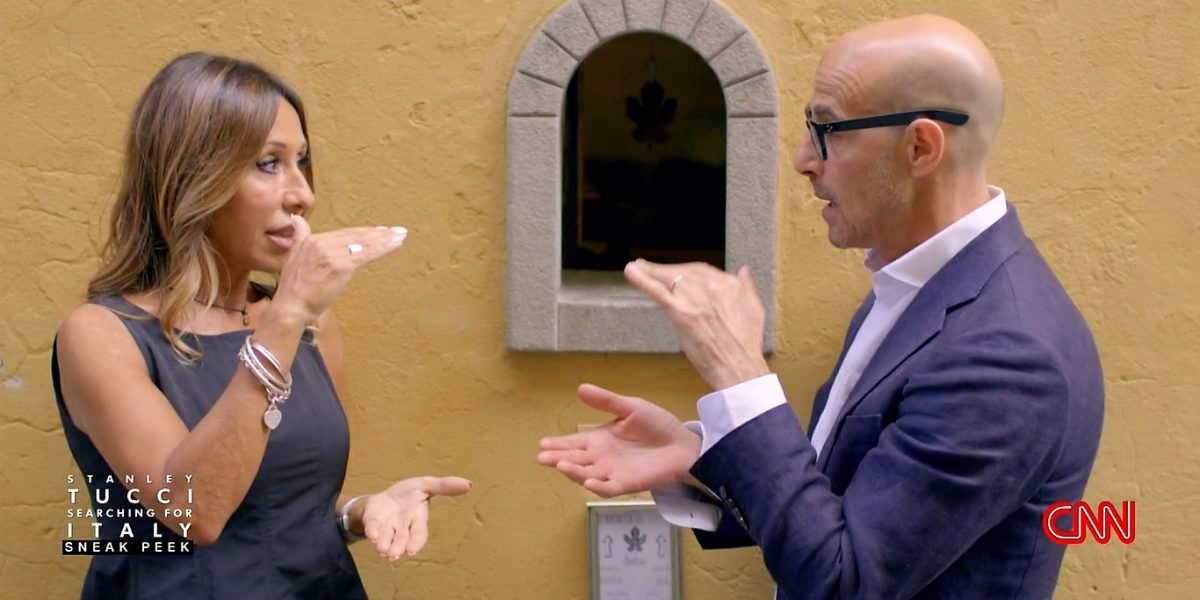
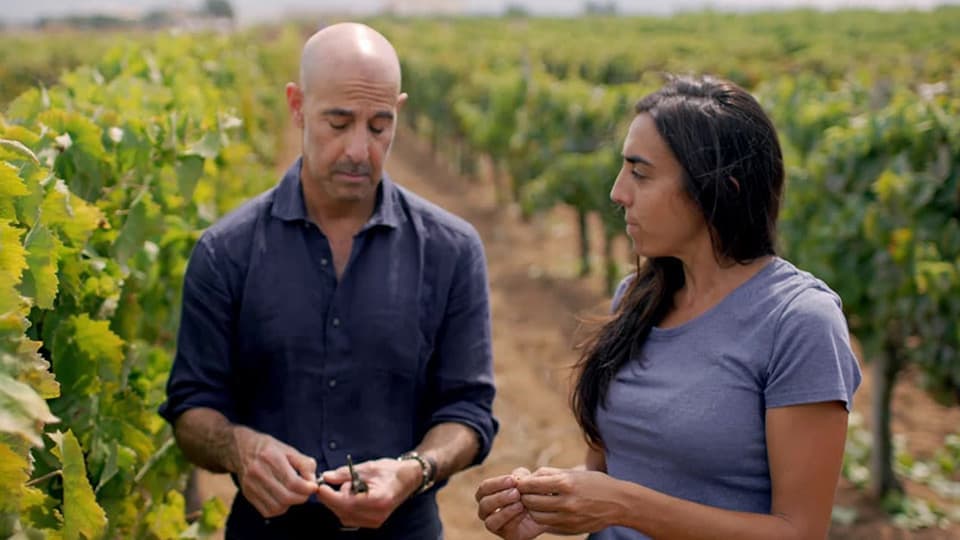
• • •
Missing some Tweet in this thread? You can try to
force a refresh




